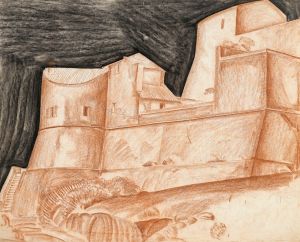
Enoshima Island
A hand-painted replica of Andō Hiroshige’s masterpiece Enoshima Island, meticulously crafted by professional artists to capture the true essence of the original. Each piece is created with museum-quality canvas and rare mineral pigments, carefully painted by experienced artists with delicate brushstrokes and rich, layered colors to perfectly recreate the texture of the original artwork. Unlike machine-printed reproductions, this hand-painted version brings the painting to life, infused with the artist’s emotions and skill in every stroke. Whether for personal collection or home decoration, it instantly elevates the artistic atmosphere of any space.
Enoshima Island by Andō Hiroshige is a celebrated woodblock print that forms part of the artist's renowned series, "Famous Views of the Sixty-odd Provinces" (Rokujūyoshū Meisho Zue), created during the Edo period in Japan. Hiroshige, a master of the ukiyo-e genre, is known for his landscape prints and his ability to capture the beauty and essence of Japanese scenery. This particular print showcases Enoshima, a small island located off the coast of Kanagawa Prefecture, which has been a popular site for both its natural beauty and its cultural significance.
Hiroshige's depiction of Enoshima Island reflects his keen eye for composition and detail. The print typically features the island from a vantage point that highlights its lush greenery and the surrounding sea. The scene is often set against the backdrop of Mount Fuji, a recurring motif in Hiroshige's work, symbolizing the harmonious relationship between nature and spirituality in Japanese culture. The use of vibrant colors and intricate lines is characteristic of Hiroshige's style, capturing the serene yet dynamic atmosphere of the coastal landscape.
Enoshima itself has been a significant cultural and religious site in Japan. It is home to the Enoshima Shrine, dedicated to Benzaiten, a goddess of music and entertainment. The island's religious significance and natural beauty have made it a popular pilgrimage destination, which Hiroshige's work helped to popularize further. His prints not only served as artistic expressions but also as a means of promoting travel and tourism during the Edo period, encouraging people to visit these scenic locations.
Hiroshige's work, including his depiction of Enoshima Island, is noted for its influence on Western art, particularly during the Japonisme movement in the late 19th century. Artists such as Vincent van Gogh and Claude Monet were inspired by Hiroshige's use of perspective, color, and composition, which contributed to the development of Impressionism and Post-Impressionism in Europe. The simplicity and elegance of Hiroshige's landscapes offered a new way of seeing and interpreting the natural world, which resonated with Western artists seeking to break away from traditional artistic conventions.
The print of Enoshima Island is a testament to Hiroshige's ability to convey the tranquil beauty of Japan's landscapes while also capturing the cultural and spiritual essence of the locations he depicted. His work remains highly regarded for its artistic merit and its role in bridging Eastern and Western art traditions. Today, Hiroshige's prints are celebrated worldwide, and his depiction of Enoshima Island continues to be admired for its aesthetic beauty and historical significance.





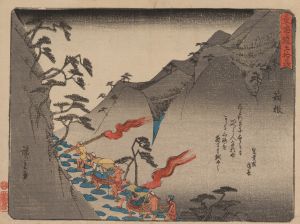
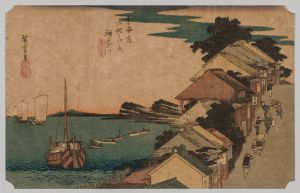
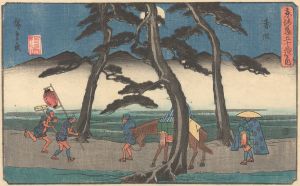
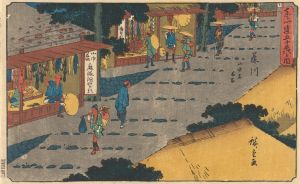
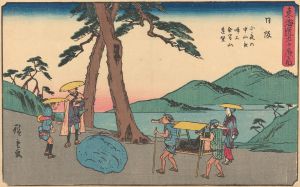
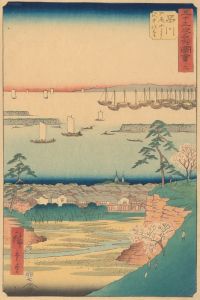
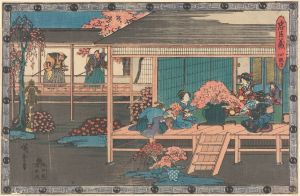
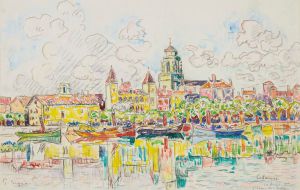
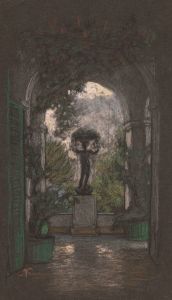
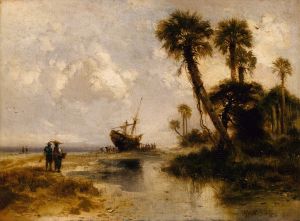
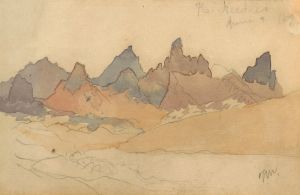
![Ruins. Temple on the Island of Biggeh [Bîga, Bîjah], Nubia.](/imgs/217537/s/david-roberts-ruins-temple-on-the-island-of-biggeh-biga-bijah-nubia-1cd1f41d.jpg)
